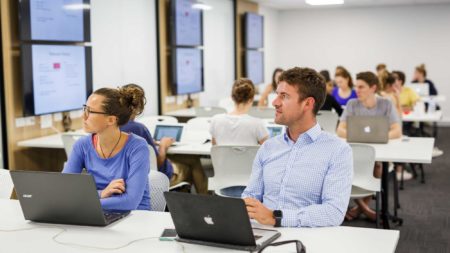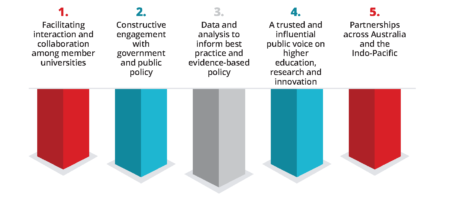Strategic Context
In 2022, more than two years into the COVID-19 pandemic, its effects are still being felt. Student and staff wellbeing and retention will continue to be major issues in the years ahead. The pandemic has also highlighted the challenges for universities stemming from larger, longer-term shifts in society, which have a direct bearing on our strategies for the future:
- Technological change: the pandemic has accelerated changes in learning and work, and these will continue. New technologies will drive new hybrid models of teaching, learning, research collaboration and international education.
- Demographic change: Australia will experience an 18% increase in its tertiary-aged population between 2020 and 2030. Around the world, student numbers are increasing in the global south and decreasing in the global north.
- Constrained public funding: the pandemic has stretched government finances, with the government’s 2021 Budget analysis projecting at least a decade of deficits.
- Cultural change: universities are on the front lines of changing community expectations and values as well as a questioning of deeper inequalities.
- Geopolitical change: global patterns of knowledge production are shifting, with the Indo-Pacific region experiencing rapid growth. At the same time, the re-balancing of global power and hardening of competition between the US and China are having direct impacts on universities.









